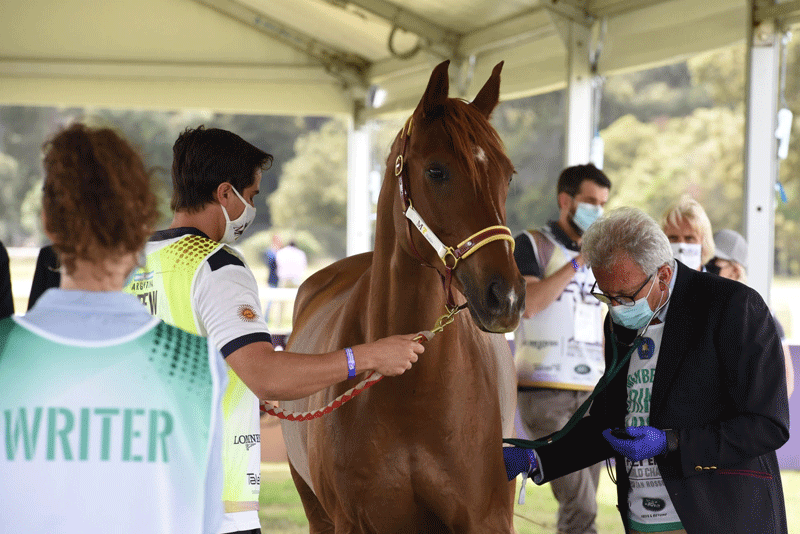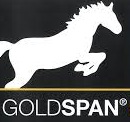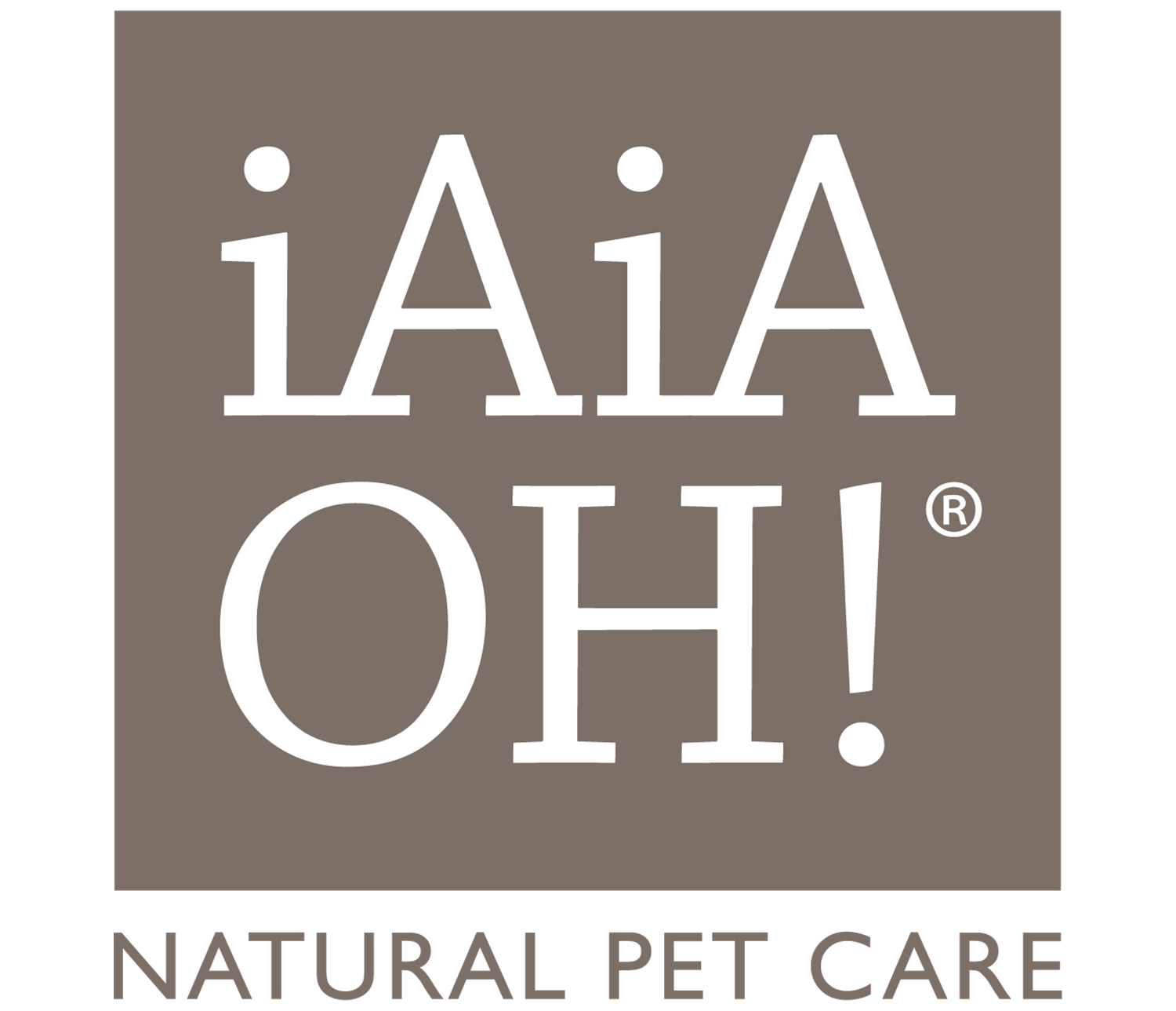Endurance: nuova procedura di rilevazione frequenza cardiaca
- Categoria: Endurance
- 27 Gennaio 2023
 La Federazione Italiana Sport Equestri, attraverso il suo Dipartimento Endurance, informa che a seguito della modifica del Regolamento FEI 2023, che prevede una diversa procedura di rilevazione della frequenza cardiaca rispetto al 2022 e al Regolamento FISE 2023 – (Capitolo 16 ISPEZIONI VETERINARIE - Art. 16.1 Procedura di rilevazione della frequenza cardiaca), comunica che il suddetto Art.16.1 è sostituito da quanto indicato nel Regolamento FEI 2023 - Annex V - Art. 9) Assessments during Horse Inspections - Punto 9.3) Heart rate assessment procedure.
La Federazione Italiana Sport Equestri, attraverso il suo Dipartimento Endurance, informa che a seguito della modifica del Regolamento FEI 2023, che prevede una diversa procedura di rilevazione della frequenza cardiaca rispetto al 2022 e al Regolamento FISE 2023 – (Capitolo 16 ISPEZIONI VETERINARIE - Art. 16.1 Procedura di rilevazione della frequenza cardiaca), comunica che il suddetto Art.16.1 è sostituito da quanto indicato nel Regolamento FEI 2023 - Annex V - Art. 9) Assessments during Horse Inspections - Punto 9.3) Heart rate assessment procedure.
La modifica entrerà in vigore con effetto immediato a seguito della delibera d’urgenza del 27 gennaio 2023. Nei prossimi giorni sarà aggiornato anche il Regolamento Nazionale di Endurance in vigore per quest’anno.
In calce a questa news è possibile consultare lo stralcio del Regolamento FEI.
9.3 Heart rate assessment procedure:
(a) All heart rate assessments must be undertaken by a member of the Veterinary Commission. Heart rate is the first parameter to be examined and recorded during the Horse Inspection. It is an essential criterion to accurately assess the Horse’s recovery and fitness to continue. The recovery time of the Horse must also be made available to the Veterinarian conducting the Horse Inspection.
(b) The maximum heart rate parameters are set out in Article 816.6.1 (which are subject to modification pursuant to Article 816.9). Horses with heart rates higher than maximum heart rate parameters will not be allowed to continue in the Competition and will be designated as 'Failed to Qualify – 2023 ENDURANCE RULES ANNEX 5: HORSE INSPECTIONS, EXAMINATIONS, CONTROL OF MEDICATION 65 metabolic' (FTQ – ME). Any abnormal heart sounds must be recorded on the Vet Card.
(c) Every effort should be taken to accurately record the heart rate. If the examination of the heart rate is disrupted due to movement or excitement of the Horse rendering the examination impossible or inaccurate, the examination will be stopped and recommenced when the Horse is settled. If the Athlete, Crew Member, or other Person Responsible (as defined in the FEI General Regulations) deliberately disrupts the Horse Inspection, the Horse will fail the inspection.
(d) The heart rate of the Horse must be measured using either a stethoscope or an FEI-approved electronic heart rate monitor. When the Horse is presented for inspection, the stethoscope or the electronic heart rate monitor must be applied to the left side of the chest wall at approximately the level of the elbow. The examiner should locate the best position to measure the heart rate.
(e) Starting and timing the assessment: (i) Where a stethoscope is used, a stop watch must be used to time the count. An assessment must be taken after 15 seconds and then (if necessary further to the provisions below) at 60 seconds. To evaluate the heart rate after 15 seconds under paragraph (f)(i) below, the number of heart beats counted in 15 seconds must be multiplied by four. The stop watch must be started when the heart beat is audible and then the count starts on the next heartbeat. (ii) Where an electronic heart rate monitor is used, the monitor must provide an assessment at the following intervals displaying readings at: 15, 30, 45 and 60 seconds only. The assessment starts when the monitor makes contact with the Horse's chest and picks up the first heartbeat.
(f) Determining whether the Horse's heart rate complies with the maximum heart rate parameters: (i) The Horse’s heart rate will be measured for a minimum of 15 seconds and a maximum of 60 seconds at 15-second intervals. (ii) If at any of these 15-second intervals, the heart rate reading complies with the maximum heart rate parameter, then the reading may be recorded and the inspection completed. 15 (or less) beats within the first 15 seconds, which would be the equivalent of 60bpm (or less) at 60 seconds, 32 beats (or less) within 30 seconds or 48 beats (or less) within 45 seconds, or 64 beats (or less) within 60 seconds). (iii) If the heart rate reading at the above mentioned intervals are greater than their corresponding values of the maximum heart rate parameter, the heart rate assessment must continue for another 15 seconds until it reaches the 60 second mark. (iv) If the heart rate is greater than the maximum heart parameter after the 60-second assessment.
























